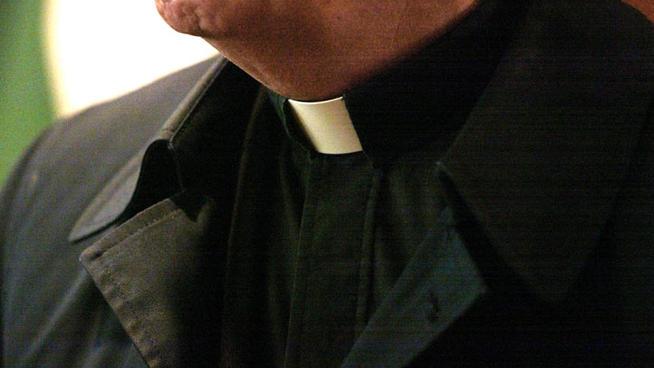New Website Documents Abuse Allegations against Philly Priests
By David Chang
[The Philadelphia Archive - BishopAccountability.org] The Philadelphia Archive from watchdog group Bishop Accountability, has posted 195 pages from the file of convicted former priest Edward Avery. Several months after the conviction of Msgr. William Lynn, a new website has been launched featuring files that were used as evidence during his child-endangerment trial last year. The Philadelphia Archive from watchdog group Bishop Accountability, has posted 195 pages from the file of convicted former priest Edward Avery. The website plans to post more documents each month until they have a 5,780 page collection online. The website states the following: These documents, which became public when they were entered into evidence at the 2012 trial of Msgr. William J. Lynn and Rev. James J. Brennan, offer a rich sample of the archdiocesan files that formed the basis of the work of three Philadelphia grand juries. Those men and women were impaneled under District Attorneys Lynne Abraham and Seth Williams, and the reports that they produced in 2003, 2005, and 2011 are the gold standard of investigative work on the Catholic abuse crisis in the United States. The 2005 Philadelphia Grand Jury Report in particular is remarkably comprehensive, dealing in an integrated and forceful way with aspects of the crisis that are too often examined in isolation. The abuse itself is described in harrowing and meticulous detail. But the report also studies the mismanagement of the crisis and the cover-up of the abuse, and it clearly explains the holes in current secular law that sometimes make it difficult or impossible to punish abusers and enablers. In a remarkable essay for the National Catholic Reporter, Michael Newall shows the level of engagement that this work required, and the toll that it took. Lastly, the 2005 report demonstrates that the abuse crisis cannot be understood without drawing on many sources of information – long conversations with survivors, and work with priests who are willing to help, and hundreds of hours spent in the archives, poring over assignment histories, memos, letters, and intake reports. It is that kind of reading and immersion that we invite you to do in this archive. Reading these documents will be difficult, but you will gain from the experience a deep understanding of the culture within which the abuse was done and kept secret. You will emerge with a haunting sense of the harm for which the abusers and enablers are responsible, and the courage of the survivors and their families and loved ones. The Avery file was posted to the internet on January 22, 2013. Improvements to the presentation of the Avery file will continue for several days, and the most recent updates and changes to the Philadelphia Archive will be noted here. If you'd like to receive announcements when we add priest files to this archive, please subscribe to our Monitor newsletter, which will be sent twice a month. We have redacted the name of the Avery survivor whose story is partly told in these documents, as well as the names of his family members and friends. We have also redacted the names of Avery's family members. If you notice a missed redaction or a name or detail that you believe should be redacted, please email us, putting Philadelphia Archive in the subject line, and we will correct and improve the archive accordingly. We welcome your general feedback too. The Avery file is presented in the chronological order of the exhibits as they were introduced at the Lynn trial. Sometimes a single exhibit includes several documents. The table that you see below was created by the prosecutors. We have converted it to web format, and linked it to the documents, exhibit by exhibit, using the C-1, C-2, etc. exhibit numbers. We've added bolding to the exhibit list, so that it's easier to see who is writing each document and to whom. Sometimes we use red to make other details easier to see. If we add factual information, we put it in curly brackets, so that you can see which contributions are ours. But we want the list and the documents to speak for themselves.
|
.
Any original material on these pages is copyright © BishopAccountability.org 2004. Reproduce freely with attribution.
